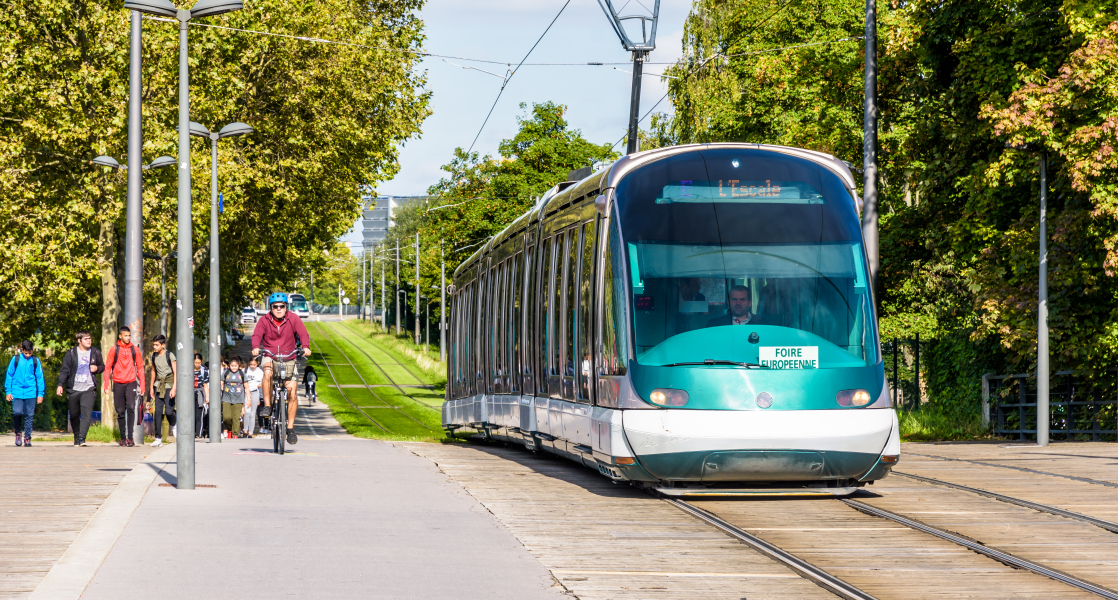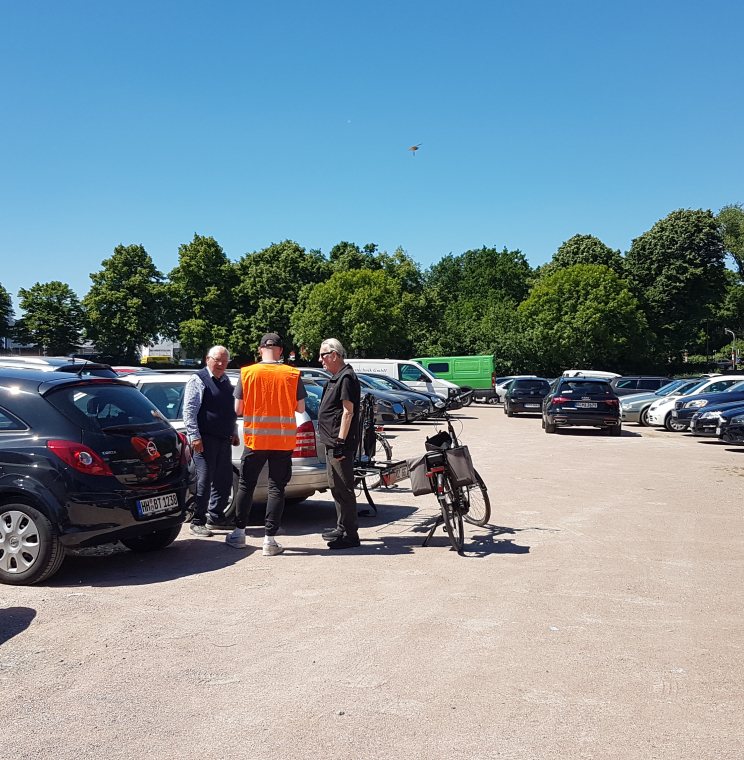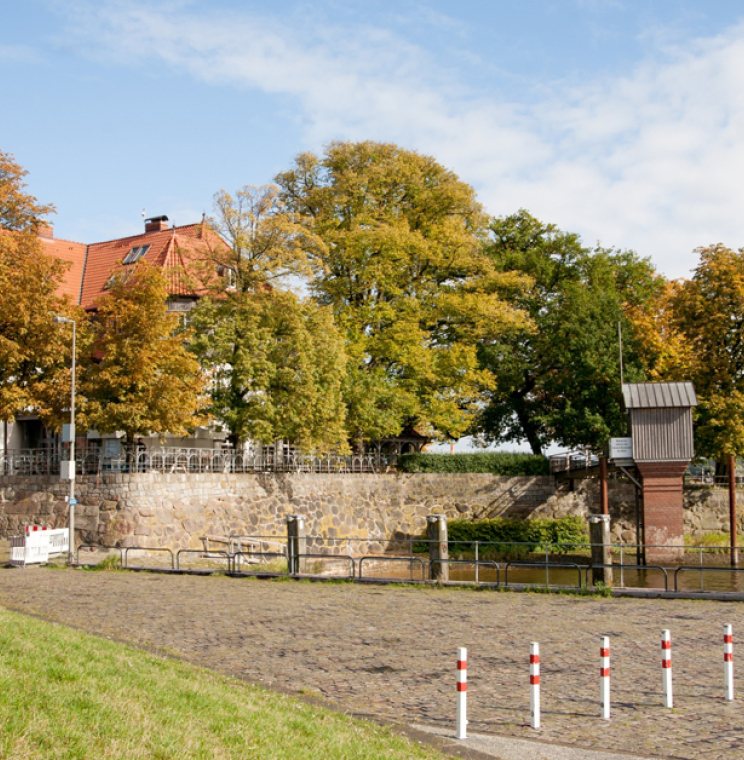Monitoring and evaluation

Monitoring and Evaluation (M&E) is an indispensable link in the policy cycle. Especially now that we are in the middle of a mobility transition and the professional field is changing very rapidly. As a policy maker, you want to get a grip on this, and for that you need to be able to measure and adjust continuously. That means we will have to work in a more data-driven way, the only way we can actually monitor and evaluate effectively.
Numbers tell the tale
As a policy maker, you want to estimate the effects of your policy in advance in order to be able to make a good assessment of the measures to be taken. You also want to measure progress in-between to determine whether adjustments are needed to increase effectiveness. But also afterwards you want to know whether the desired effects have been achieved in order to account for the ambitions and associated policy goals that have been set, but also, of course, to learn lessons that can be taken into account when developing future policy. M&E is therefore a crucial component in the development, implementation and evaluation of policy (measures).
The possibilities
Our researchers help governments in the design and implementation of monitoring and evaluation in the different phases of the policy process, aimed at both individual projects and measures and programmes. We carry out both project and process evaluations.
We support and advise on:
- Determining the ambitions and goals of measures, projects and programmes; what do you want to achieve with your policy?
- Translating these ambitions and goals into concrete and measurable indicators (KPIs)
- Collecting, testing, processing and presenting data
- Determining the effectiveness and efficiency of policy, both before, during and after the event
- Formulating recommendations for better and more effective policies.
Working together on Sustainable Urban Mobility Plans
Monitoring and evalution plays an important part in Sustainable Urban Mobility Plans. As experienced mobility experts, we are perfectly positioned to help develop and implement international SUMP projects.
Find out more
Application of research techniques
There are various methods for collecting and analysing the required data. For example, interviews, surveys and observations. Within these methods, different techniques can be used. A survey, for example, can be conducted face-to-face or online. And an interview can be open, semi-structured or structured. We have experience with all different methods and techniques, in all phases of the policy process. We provide both quantitative (e.g. surveys, model studies) and qualitative research (e.g. document studies, interviews). Prior to each research project, we determine which (combination of) methods and techniques can best be used to collect the data needed to answer your mobility question.
Data and interpretation
One of the biggest challenges is to get a grip on the available data. Goudappel has extensive experience in analysing complex data files, such as Floating Car Data (FCD), data from the National Data Portal for Road Traffic (NDW) and other national data platforms. The collected mobility data is often linked to other data sources, such as location-specific data, in order to better interpret the results.
In addition, we have developed various tools to determine the effects of measures, such as Octavius (our microsimulator that visualises transport on demand). We also develop our own dashboards in order to visualise and present the collected data and decision information in a clear way, for example by using interactive graphs and clear infographics.





